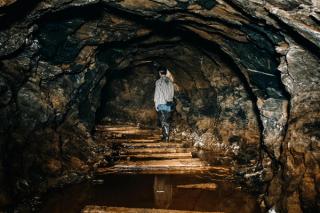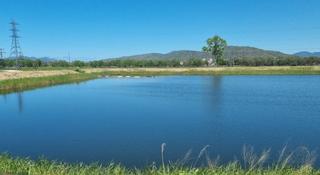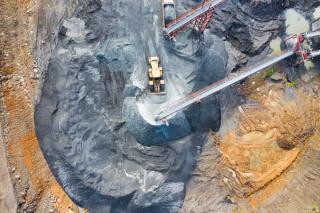
Failure mode and effect analysis for Elizabeth Mine
- Client Name
- Nobis on behalf of U.S. EPA
- Location
- South Strafford, VT, USA

Challenge
Elizabeth Mine is an abandoned underground copper mine exploited from 1809 through 1958. The underground workings extend over 900 ft in depth and over 8,000 ft into the hills.
There are seven opening adits and shafts that could potentially be sources of release of mine impacted water (MIW). The adits have collapsed and are plugged by the collapsed material. Because there is water seeping out of the two lower most adits, and the level of water behind the collapsed material, there is a concern that any exploration or construction activities could lead to a blow out and catastrophic release of MIW that could damage the recently remediated tailings pile and the associated surface water control system.
The released water could even make its way to the nearby Ompompanoosuc River resulting in serious environmental damage. Consequently the U.S. EPA decided to assess the risk of failure of the adits at the Elizabeth Mine prior to further remediation work.
Solution
SLR was retained by Nobis on behalf of the U.S. EPA to perform the Failure Mode and Effect Analysis (FMEA) of the underground workings. FMEA combines failure modes, causes of failure, likelihood (probability) of failure, and the consequences (effects) of failure. The results are presented in the forms of risk characterisation matrices combining likelihood and consequences.
SLR personnel toured the site with U.S. EPA and Nobis personnel, inspecting the underground opening from the outside. SLR collected available information about the underground workings, history of the mine, climatology, geology; and the surroundings. SLR working with a mining historian and Nobis and based on existing data developed three-dimensional site model of the underground working. Based on this model we identified the failure modes, assigned a likelihood of occurrence to each and quantified the effects (consequences) in terms of danger to humans, economic impact, impact on water quality, impact on environmental impact on existing facilities, impact on historical, cultural, and archaeological assets and impact in aesthetics.
Impact
SLR prepared the risk characterisation matrices ranking all failure modes identified and evaluated the impact of mitigation measures on reducing the consequences of each failure mode.

